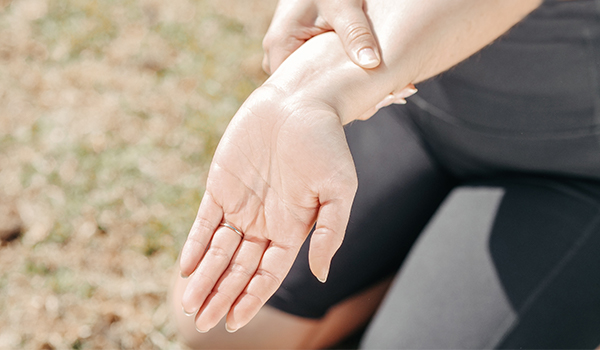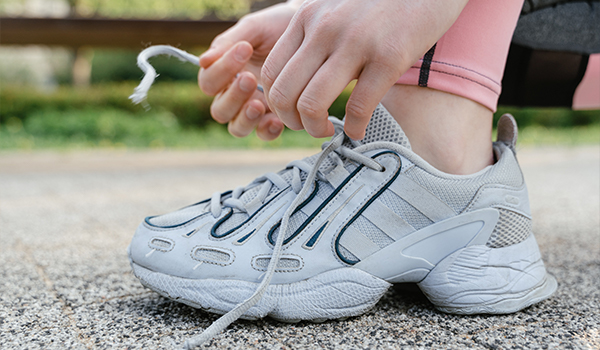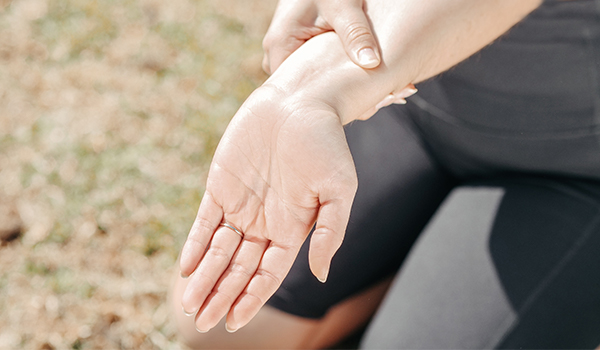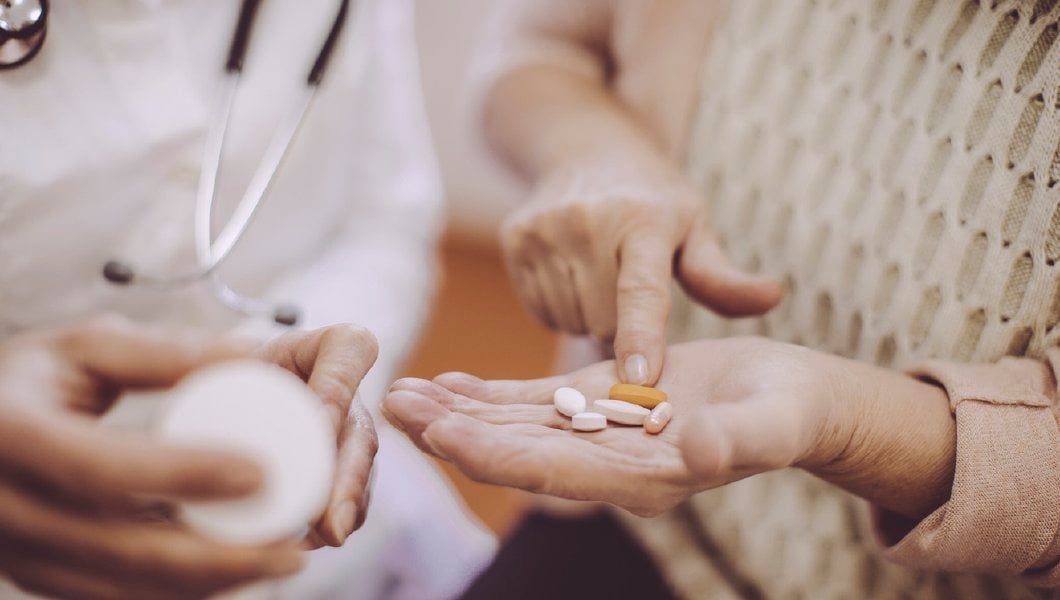Achy joints, minor swelling, even aches related to weather change are common hindrances to pursuing activity goals. Many things can sidetrack us if we let them, whether reasonable or not.
However, one of the more viable and common hindrances to pursuing healthy goals can be the pain brought on by inflammation. When our muscles and joints are aching, the last thing we want to do is MOVE. Because it hurts.
Let’s explore how we can find the freedom to move again!
WHAT is inflammation?
Inflammation occurs when the tissues of the body are damaged by things such as bacteria, trauma, toxins, or various other irritants. These damaged cells then release chemicals that make the blood vessels leak fluid into the body’s tissues and swelling occurs.
The manifesting characteristics of inflammation are redness, heat, pain, and often loss of function. Acute inflammation, caused by injury, sickness, or even allergies, is generally short-lived and thus typically has only a brief impact on healthy activities. When linked to disease, however, inflammation can become chronic.
Ultimately, chronic inflammation, left unaddressed, can have a significant impact on overall health and well-being. We will take a closer look at who inflammation generally affects, why exercise is important, and how the right kind of exercise can confront and reduce the inflammatory pain to keep us moving toward our BEST health.

WHO Is Affected?
Those who are most commonly challenged by the pain associated with inflammation are those with conditions like fibromyalgia, osteoarthritis, and rheumatoid arthritis. According to the Centers for Disease Control and Prevention, an estimated 23% of the adult population in America suffers from arthritis of various kinds. Another 4 million Americans suffer from fibromyalgia. These conditions are caused and characterized by inflammation in the joints and muscles.
Moving can feel painful when these conditions are escalated. Although not moving feels like the right response, it typically does not remove the pain or aid in reducing inflammation. In fact, inactivity can make things worse by creating stiff and weak muscles, leading to joint problems, and pain can increase. Allowing pain to dictate mobility often creates a vicious cycle of pain that can overall health.
WHY Is Exercise Important?
Foundational to breaking through the pain of inflammation is realizing that exercise is important for the health of the entire body. Cardiovascular and muscular training are innate to developing a strong heart, lungs, core, and limbs. Exercise keeps us functional as we age and provides us with the energy to do those things that are both necessary and enjoyable.
Exercise effectively helps to keep metabolism higher so a healthy weight can be maintained. Cholesterol and blood pressure levels are also profoundly affected by exercise. Additionally, exercise is beneficial to mental health. With bodily exertion, “happy” hormones—epinephrine and norepinephrine—are released into the bloodstream which emotionally make us feel good!
As we can see, because keeping the body moving is so very important to overall health, climbing over the hurdle of inflammation is worth the effort required. Ultimately, an immobile body tends to slowly decline because the important functions the body was naturally designed to perform are hindered. In a nutshell, exercise is key to every aspect of our health.
HOW Does Exercise Benefit Inflammation?
In most cases, exercise can have a significant impact on reducing inflammation. Positive and life-changing benefits come from gradually implementing movement, giving the body an opportunity to respond on the cellular and chemical levels in a natural way to reduce pain. With a doctor’s approval and recommendations, simply starting to move in small ways will begin the journey toward mobility.
Recent research done by the University of California-San Diego School of Medicine found that even 20 minutes of moderate-intensity exercise can be enough to suppress the production of the pro-inflammatory cellular components in the blood (1).
Exercise naturally ignites the body’s sympathetic nervous system, which promotes the release of those “happy hormones” we talked about earlier. Those same chemicals that make us feel good after exercising also work to reduce inflammation. That’s what we call a win-win! 
Also important to understand is that only moderate-intensity exercise is necessary to experience these benefits. In other words, we don’t have to get out and sprint down the block 10 times to trigger this positive body response - a sure relief to anyone experiencing pain.
Merely 20 to 30 minutes of moderate exercises like brisk walking can be enough to provoke the hormonal response that reduces inflammation. And there is more. Another important body response to exercise when joints are put in motion is that synovial fluid is released, which both lubricates and reduces swelling in the joints.
Most of us have experienced stiffness in our joints and extremities after sitting or lying down for an extended period of time. After taking a few “creaky” steps, however, we loosen up and within a few minutes, the stiffness and associated pain subside. This has everything to do with the body’s lubricating systems being dormant and then rising to perform as they are called upon with movement. Being active helps keep these systems efficient and ready to provide the body what it needs to function in a pain-free way.
Let’s Get Started
The most important things to remember are:
- The first steps should be “small” ones. There is no need to rush!
- If you are just starting out, try to make very gradual increments of change and notice how the body will adapt to what is demanded.
Here is an example progression
- 2-3 minutes of easy walking
- Brisk walking, cycling, swimming (try to gradually work up to 20-30 minutes)
- Simple bodyweight strength exercises like wall squats, lateral leg lifts, planks, and pushups (modifying as necessary)
- Gradually, resistance bands can be introduced, increasing the resistance level as joints and muscles adapt
Finally, remember that as exercise time increases and new challenges are being considered, it is always best to consult with a doctor if there is any question as to what is appropriate or wise. Remaining mindful of how the body is responding is important and any concerns should always be addressed with a doctor or physical therapist.
Conclusion
The body is an amazing creation! The components that make up the human body were wonderfully designed by our Creator to work in tandem for optimal function. When any part of the body is not working to its potential, it can be very discouraging and will most certainly impact the body as a whole.
Pain is never fun and can be a powerful deterrent to an active and healthy lifestyle. Armed with the proper knowledge, hope can be found in breaking through that cycle of pain. As wisdom and patience are applied in a practical way, the body will be given what it needs to grow healthy. The joy of movement can be restored!
Reference: Medical News Today - January 2017












Comments